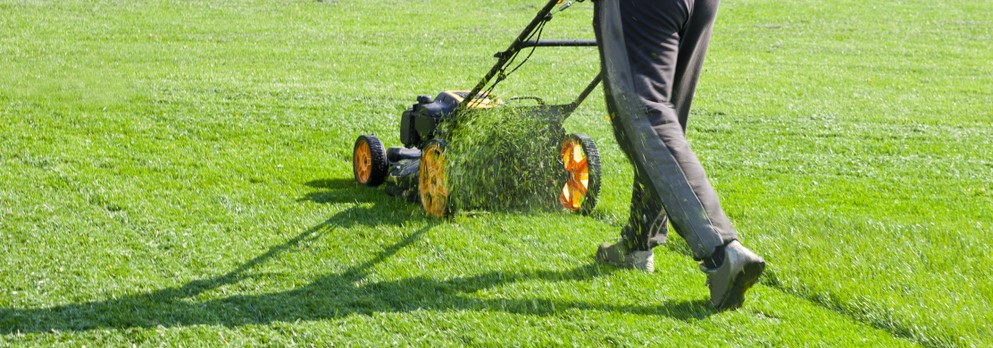Mowing Tips And More
Read MorePosted on: Jul 05, 2023Luis M Pérez
Mowing your lawn is an essential task that should be done regularly to maintain a healthy and beautiful yard. However, mowing incorrectly can cause damage to your lawn and impact its overall health. This article will discuss the best way to mow your lawn and the ideal height for a healthy lawn.
Mowing First Step
The first step in mowing your lawn is to have the proper equipment. You will need a lawn mower, fuel and oil, and protective equipment such as earplugs, gloves, and safety glasses if necessary. Before mowing, inspect your lawn to remove any debris that may damage your mower or cause injury.

One Third Rule
When mowing, the key is to avoid cutting off more than one-third of the blade length at a time. Mowing involves trimming the top of the grass blades, not scalping your lawn. Scalping may damage the grass stem, making your lawn susceptible to pests and diseases.
Mowing Height
The best height to mow your lawn depends on your grass type. For cool-season grasses such as Kentucky bluegrass and perennial ryegrass, the ideal height is between 2.5 to 3.5 inches. For most warm-season grasses, such as Bermuda grass and Zoysia grass, the ideal height is between 1.5 to 2.5 inches. For St. Augustine grass, the optimal cutting height is 2.5 to 3.5 inches. Mowing at the right height ensures that your lawn has a substantial root system, produces more energy, and is more resistant to pests and diseases. Additionally, longer grass shades the soil, which helps to retain moisture and reduce weed growth.
Mowing Pattern
Experts recommend alternating mowing directions to prevent soil compaction and promote even growth. Begin mowing around the perimeter of your yard, and then systematically move back and forth, overlapping the wheel tracks by one-third to avoid missed spots. A consistent pattern will also create a polished appearance to your lawn.
Mowing Frequency
It is important to mention that mowing frequency will depend on the season and the growth rate of your lawn. During the peak growing season, you will need to mow once a week, while during the dormant season, you may be able to mow every few weeks. Mowing every week during the growing season is critical because if you miss a mowing, you will be forced to break the one-third rule. You will be forced to cut off too much grass on the next mowing, damaging the lawn.
Sharpen Mower blades
Maintaining a sharp mower blade is one of the most overlooked aspects of mowing. Over time, your lawn mower blade will get dull; when this happens, it will pull and tear at the grass instead of cutting it cleanly. This pulling and tearing cause tremendous stress and leaves it damaged to the point that it becomes susceptible to insects and fungus.
In conclusion, proper lawn care practices include mowing, one of the most critical tasks in maintaining a healthy landscape. Mowing your lawn correctly involves the proper equipment, mowing height, direction, and frequency. Remember to avoid scalping, follow the recommended mowing heights for your grass type, and mow in alternating patterns for an even cut. With these best practices, you can ensure your lawn looks its best and stays healthy all summer.
Questions
For more questions, call our office at 800-465-2934, and we’d be happy to help in any way we can. You can also email Luis Perez at luis@doctorgreen.com.

